5 Artists With Can’t-Miss Shows You Can See Around the World This December
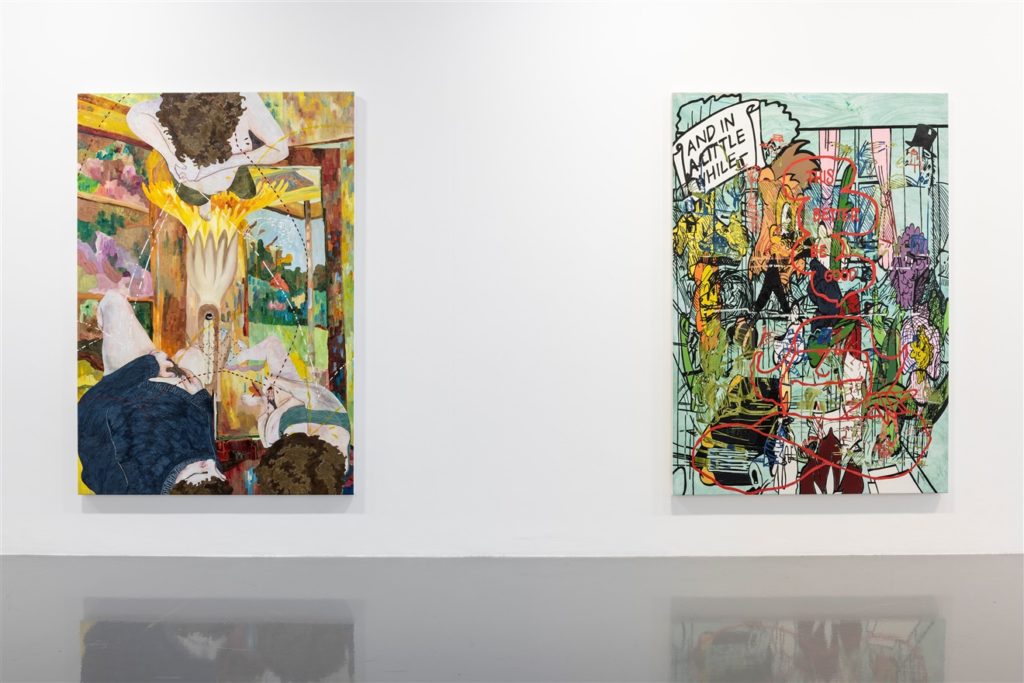

Katie White

And just like that we’re in the twilight days of the year and, believe it or not, the decade. With Art Basel Miami Beach behind us, the art world is just settling down for a much-needed respite before the roaring 2020s kick off. But if you’re finally finding the time to gallery hop and hoping to discover some new artists, there’s still time. Here are five promising, emerging artists with shows on view through the month.
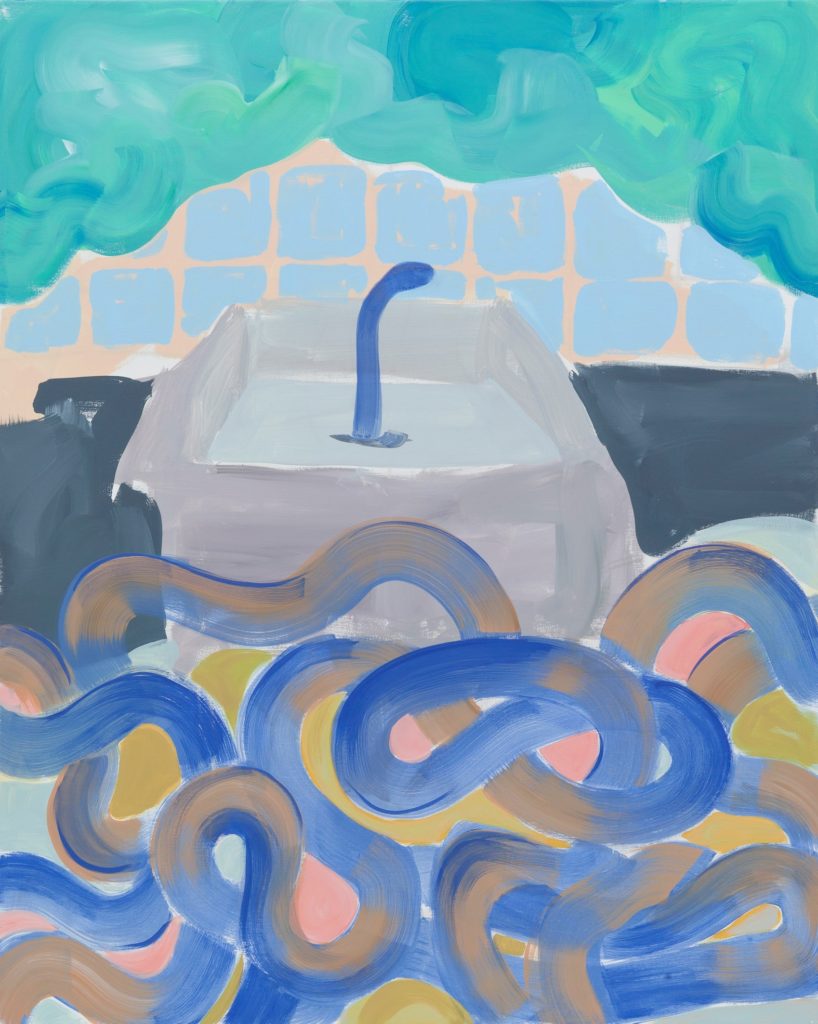
Sol Calero, Espagueti de Culebra (2019). Courtesy of Barbara Gross Galerie.
In the show “Pasaje del Olvido” (Passage of Forgetting), Venezuelan artist Sol Calero dives deep into the swirling water of memory, particularly those where personal and collective memory overlap, and tries to suss out its relationship to painting. In Latin America, with its long history of colonization, the passage of distinct versions of history often takes place through familial oral traditions, in which individual experience melds inextricably with political and social developments. Here, Calero takes these narratives and translates them into color-saturated canvases, layered with patterns and symbols that float together in illogical harmonies, like stories in the imagination of a child.
“Pasaje del Olvido” is on view through February 1, 2020, at Barbara Gross Galerie, Theresienstraße 56 Hof 1, Munich
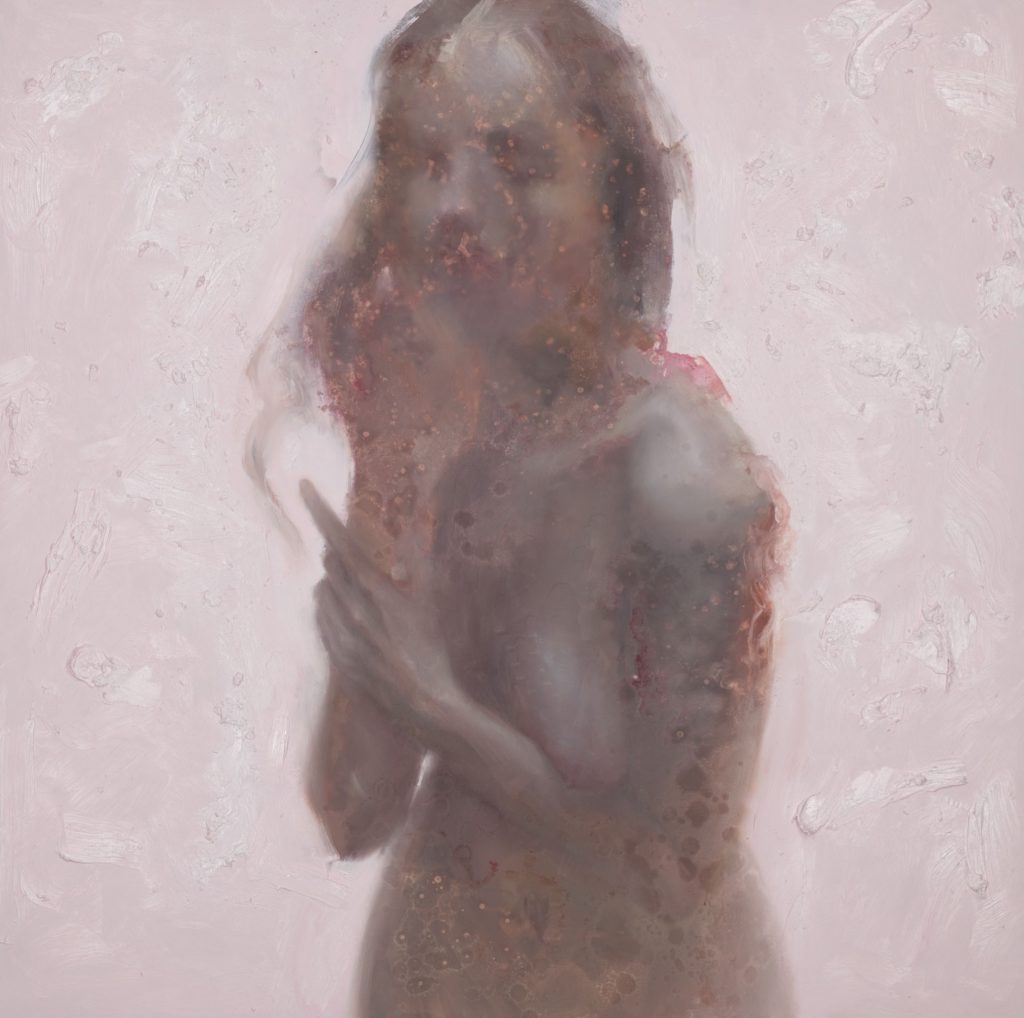
Henrik Uldalen, Wane (2019). Courtesy of JD Malat Gallery.
The self-taught Korean-born painter Henrik Uldalen is best known for his brooding, heavily impastoed figurative paintings. Uldalen often obscures the faces of his otherwise realistic subjects, either hatching over them with scar-like dabs of paint, or loosely unraveling their features as though they were dissolving in water. In his latest exhibition, Uldalen’s typically dark backdrop gives way to a somewhat unnerving cotton-candy pink field that his figures appear to swim through, as though in some heavenly womb. At once ethereal and carnal, the paintings could be imagined as mashups between Lucian Freud and Tiepolo.
“Lethe” is on view through January 11, 2020, at JD Malat Gallery, 30 Davies Street, Mayfair, London
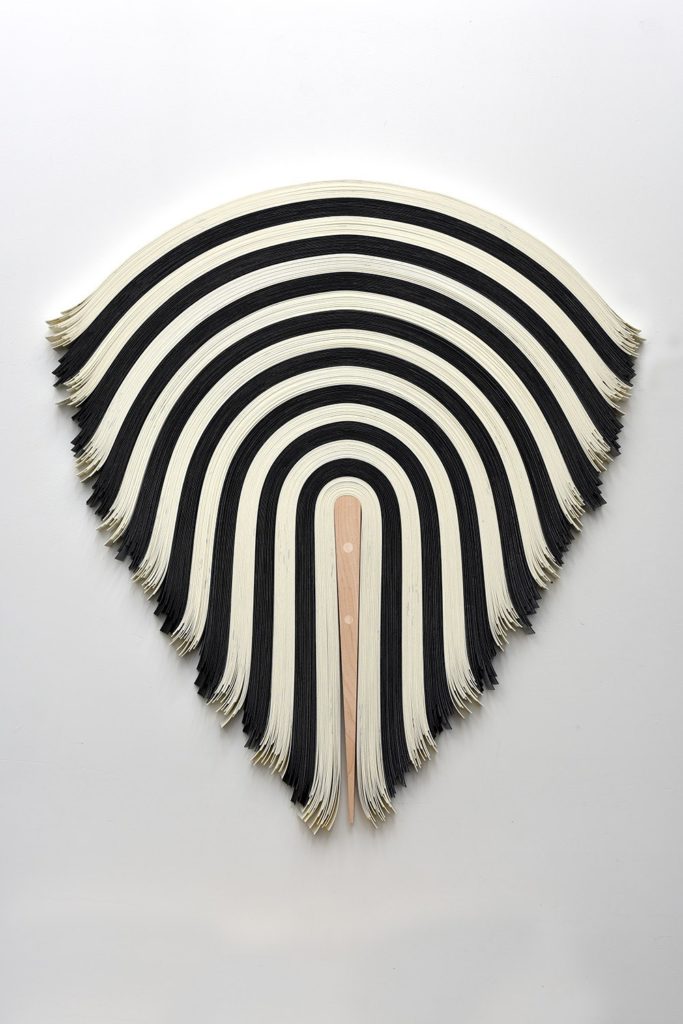
Derrick Velasquez, Untitled 238. Courtesy of Robischon Gallery.
Colorado-based artist Derrick Velasquez’s latest works are on view at the gallery concurrently with a separate solo presentation of Richard Serra works, which makes for an interesting comparison. Velasquez’s sculptures of multi-layered stacks of vinyl strips on geometric-shaped wood armatures share a certain affinity with Serra’s early “Belts” series of wall-mounted tangles of vulcanized rubber. Velasquez’s sculptures conjure up more literary and urbane associations, however, with the colored layers of vinyl appearing like pages and the outer and inner panels acting as the spine of imaginary books.
“Kate Petley and Derrick Velasquez” is on view through January 18, 2020, at Robischon Gallery, 1740 Wazee Street, Denver, Colorado
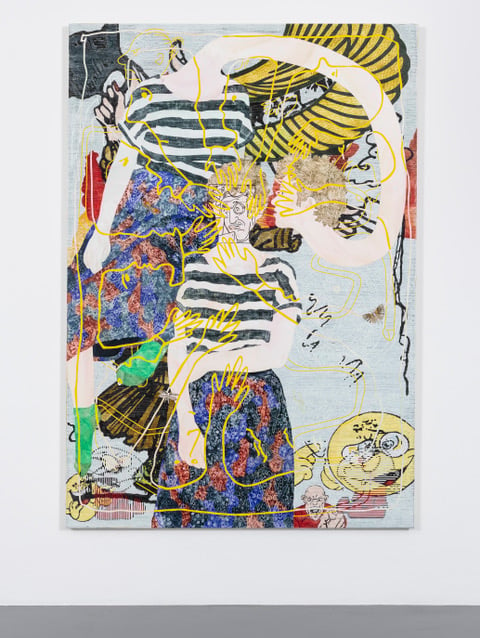
Helen Johnson, Self Portrait as Self-Conscious Left. Courtesy of Pilar Corrias Gallery.
In her narrative, layered figurative paintings, Helen Johnson explores the current global obsession with personal wellness—now a multi-trillion-dollar annual industry—through the lens of contemporary Australian identity and pop culture. In these works, Johnson enmeshes her figures within nets of competing references from 19th-century paintings to emojis and cartoons and images of environmental collapse—creating the daily sense of chaos that drives individuals to strive to control their own bodies.
“Agency” is on view through January 4, 2020, at Pilar Corrias, 54 Eastcastle Street, London
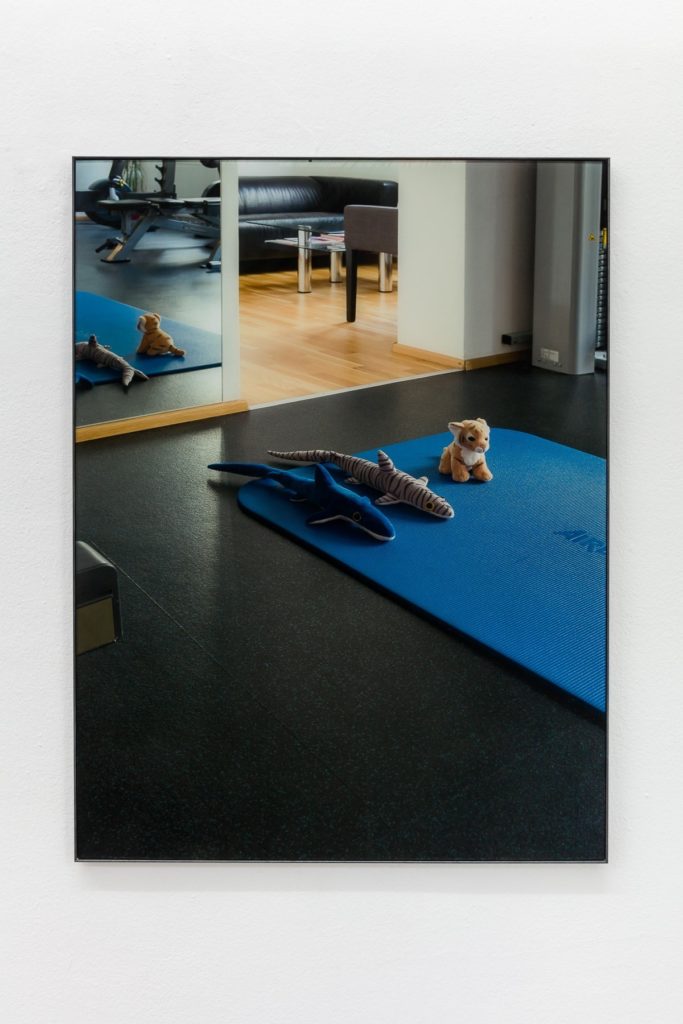
Marina Sula, Untitled (Therapy) (2019). Courtesy of Gabriele Senn Galerie.
Stepping into the exhibition “I’m Sorry, I Can’t, Don’t Hate Me” by Vienna-based artist Marina Sula is like walking into the lives of a cast of characters who have just left the room. Black chairs, couches, and benches are arranged throughout the gallery space in an impersonal style reminiscent of waiting rooms or airport lounges. Gallery visitors are encouraged to sit in a kind of a stage-like setting. Doing so, it’s easy to imagine a couple having entered a therapy session or, in another scenario, two people waiting to meet in a hotel lobby. On the walls, seemingly incongruously, are Sula’s varied artistic creations that range from a drawing of Disney’s Cinderella preparing for the ball to a photograph of a hotel room bed taken from a webcam. The title of the exhibition, “I’m Sorry, I Can’t, Don’t Hate Me,” comes from a pop-culture break-up note from the television series Sex and the City, and here the notes of emotional discord and connection seem tied less to real individuals than to the various overlaps between pop-culture knowledge and the creation of so-called fine art.
“I’m sorry, I can’t, Don’t hate me” is on view through December 20, 2019, at Gabriele Senn Galerie, Schleifmühlgasse 1A, Vienna